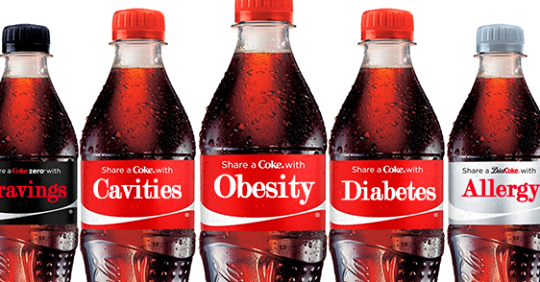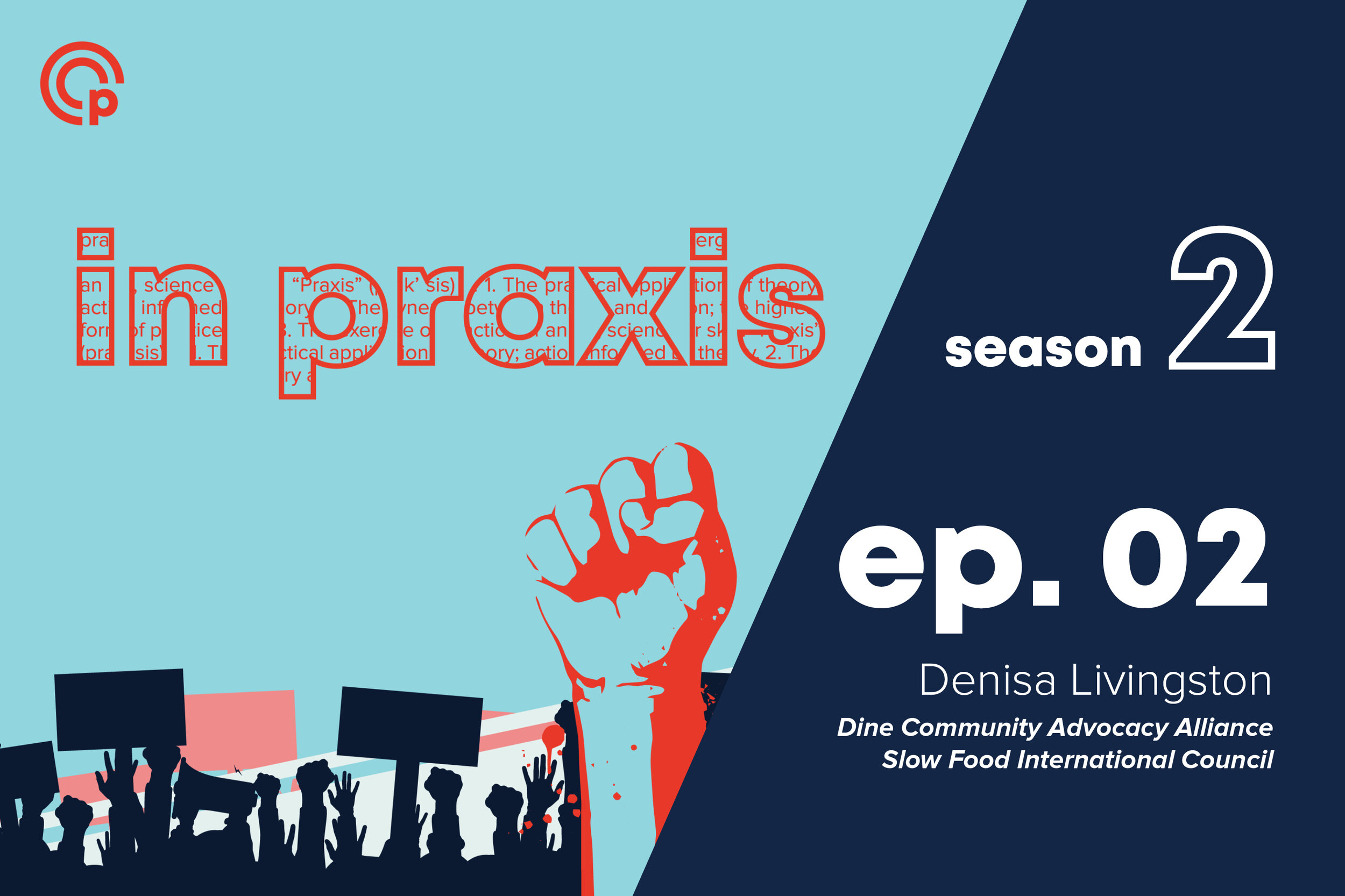Marketing & Retail Environment
The marketing and retail environment within a community can decide the accessibility or availability of safe, healthy, and affordable products and services. People of all backgrounds deserve to make informed and health-conscious decisions about their purchases and the products they are consuming. Their environment can directly impact the overall health and well-being of their community through availability, access to options that support health, and history of targeted marketing of certain products.
Higher rates of obesity, diabetes, stroke, cancer, and other diet-related health conditions are reported in lower-income racial minority communities that have higher access to convenience stores, fast food restaurants, limited access to healthy foods at a reasonable cost, and experience a greater rate of targeted marketing by fast food, soda, and tobacco industries.[1], 98-100 Tobacco use disproportionately affects many marginalized communities, including low-income people, racial and ethnic minorities, and LGBTQ individuals, due to the long history of predatory marketing and targeting by the tobacco industry.[2] Cigarette smoking and tobacco use has been linked to multiple chronic conditions, such as cancer, heart disease, stroke, lung disease, diabetes, and more. Public policies such as sugar-sweetened beverage taxes, community-level regulation of unhealthy food and product marketing, and labelling of health hazards on items can support the creation of a healthy marketing and retail environment.
Basebuilding organizers work to ensure a healthy marketing & retail environment in their communities by addressing infrastructure gaps that result in food apartheid and supporting local retail economy, through education and awareness around predatory marketing of unhealthy products to their communities, and by ensuring the availability of alternative activities and products that positively impact health and well-being.
DISPARITIES AND STATISTICS
Race and Ethnicity:
In 2017, U.S. food companies spent more than $1 billion to advertise on Spanish language and Black-targeted television, more than 80% of which was spent on promoting fast food, sugar-sweetened beverages, candy, and unhealthy snack brands[3]. Black and Latinx adolescents also experience more food and beverage marketing in their communities.[4]
Studies show that tobacco companies spend 10x more on tobacco ads in neighborhoods that identify as predominately African American/Black, particularly for menthol cigarettes.[5]
Socioeconomic Status:
Unhealthy food marketing and access to unhealthy food are also greater in low-income communities of color.[6] Supermarkets stocking fresh, high-quality food have simultaneously relocated. Economic realities, spatial considerations, industry-related concerns, and social factors have all led to supermarket divestment of low-income urban areas. Combined with lack of transportation to the suburbs and the higher prices charged by local convenience stores, fast food remains the dominant food source in many low-income, urban communities.
There is significantly higher tobacco use and disproportionate negative health impacts among low-income communities. People with family incomes of less than $12,500 have higher cancer incidence than those with incomes of $50,000 or more. Further, lower income populations have less access to health care, making it more likely that they are diagnosed at later stages of diseases and conditions resulting from tobacco use.[7]

















